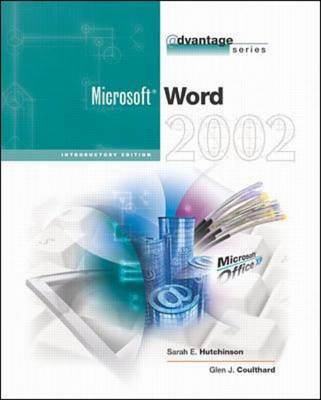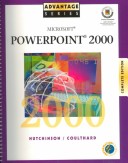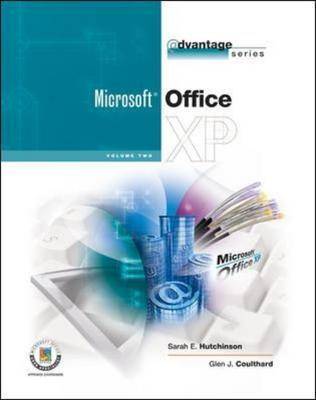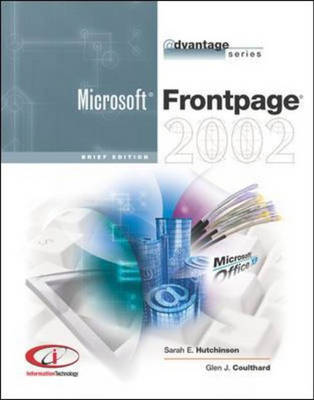Advantage S.
25 total works
The "Advantage" series presents the Feature-Method-Practice approach to computer software applications to today's technology and business students. This series implements an efficient and effective learning model, which enhances critical thinking skills and provides students and faculty with complete application coverage The primary market is the Introduction to Computing/CIS computer literacy course requiring a lab component that covers software applications. Other course areas include Adult and Continuing Education/Individual Application courses, which are one-credit hour, designed to provide a brief introduction to a single software application.
The "Advantage" series presents the Why, What and How of computer application skills to today's students. Each lab in this series is built upon an efficient learning model, which provides students and faculty with complete coverage and enhances critical thinking skills. This text contains Intro level content, plus 5 to 6 additional chapters of advanced-level content.
"The Advantage Series" presents the Feature-Method-Practice approach to computer software applications to today's technology and business students. This series implements an efficient and effective learning model, which enhances critical thinking skills and provides students and faculty with complete application coverage. The primary market is the Introduction to Computing/CIS computer literacy course requiring a lab component that covers software applications. Other course areas include Adult and Continuing Education/Individual Application courses, which are one-credit hour, designed to provide a brief introduction to a single software application.
A guide to FrontPage 2002. Each chapter makes use of small-business and entrepreneurial cases, through which students should learn the knowledge and skills necessary to meet the challenges presented. At the end of the chapter students are asked to solve problems related to the case study.
An introduction to FrontPage 2002. Each chapter makes use of small-business and entrepreneurial cases, through which students should learn the knowledge and skills necessary to meet the challenges presented. At the end of the chapter students are asked to solve problems related to the case study.




